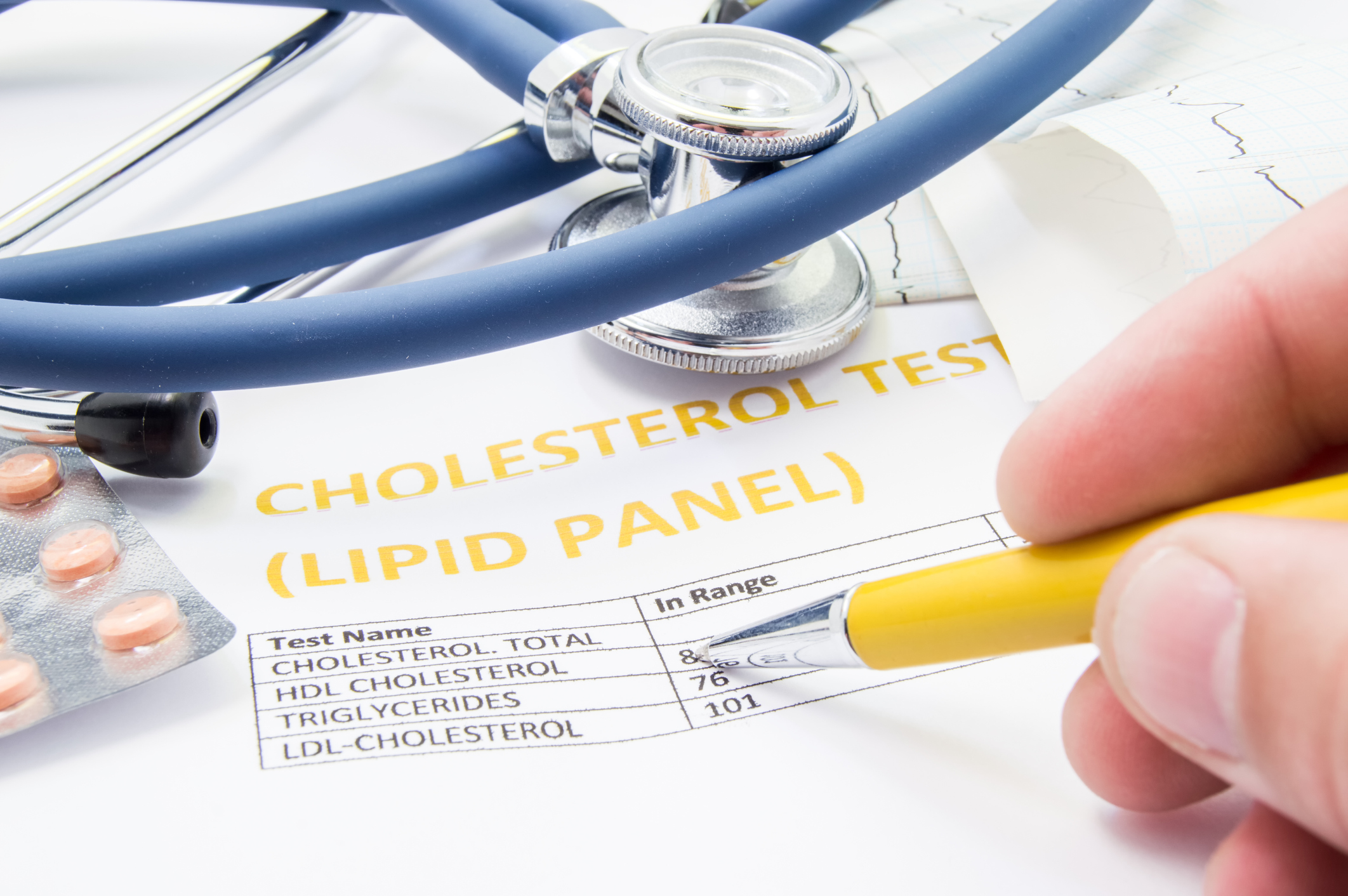Hyperlipidemia is a general term used to refer to any of the several acquired or genetic disorders that lead to increased levels of lipids in your blood, also known as high cholesterol. Lipids refer to fats, cholesterol, and triglycerides that increase the risk of developing atherosclerosis when produced in high[…]
July is UV Safety Awareness Month and with summer in full swing and more skin exposed to the warm sun, this is a good time to remind you of the dangers of ultraviolet (UV) radiation and how they may relate to spider veins.
An angiogram is a vascular procedure that is commonly performed when you have a blocked artery going to the leg and it is causing symptoms such as pain or wounds in the foot or leg. It is a minimally invasive way to both identify blockages in the leg arteries as well as treat them. Treatment includes ballooning open[…]
At the Vein Institute of New Jersey, we understand that you care about your overall physical and mental health and we want to give you the best results possible so you can attain the healthy image you desire. So, knowing these top 10 varicose vein surgery post-op items can ensure a successful outcome.
As a medical practice that values transparency and education, we believe an educated patient is our best patient. As such, our goal is to provide a customized health plan that meets your needs and delivers the right care for the right reasons in the right manner!
At the Vein Institute of NJ, we realize people may not be familiar with the blue- or purple-colored veins appearing on their legs. While spider veins and varicose veins are better known, reticular veins are less common. They tend to be smaller than varicose veins and non-protruding on the skin, but yet they do create[…]













.jpg?width=944&name=Castle-Connolly-Top-Doctors-Emblem-Large%20(4).jpg)